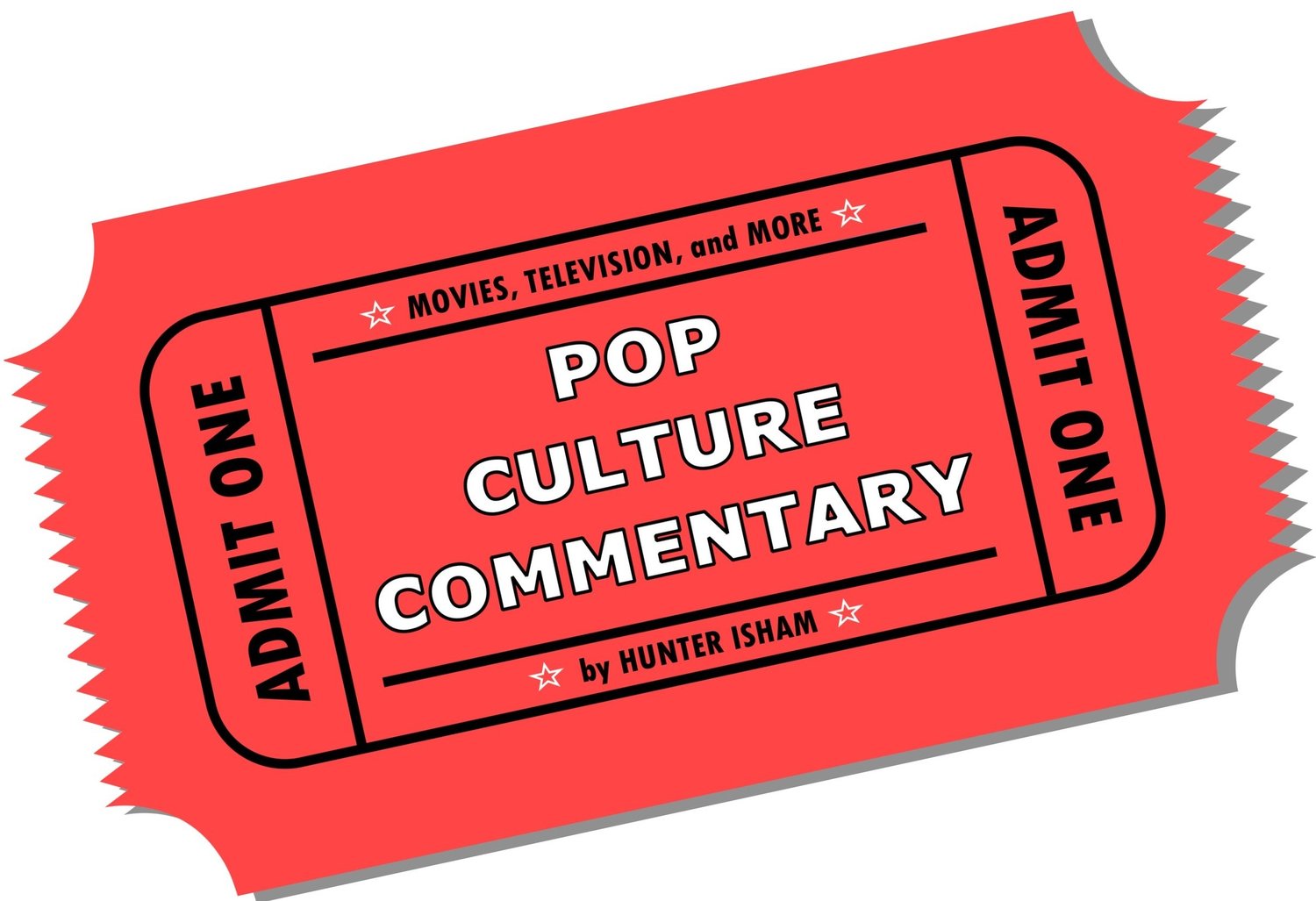A Disney Classic Heavier on Craft and Subtext than Story
Walt Disney's second feature-length animated film is as iconic as any of the movies produced by the man himself or his namesake studio. 1940's Pinocchio, based on a children's novel by Carlo Collodi, tells the story of the woodworker Geppetto (Christian Rub) who wishes for his newly finished marionette puppet to be a real, living boy. When that wish is granted, Pinocchio (Dickie Jones) contends with questionable characters like huckster "Honest" John (Walter Catlett), traveling puppeteer Stromboli (Charles Judels), and the devious owner of Pleasure Island, the Coachman (Judels), all the while being guided by his conscience, Jiminy Cricket (Cliff Edwards).
By now the Pinocchio story is known to most, from the Blue Fairy and wishing to be a real boy to the puppet's nose growing each time he tells a lie, and for anyone revisiting the film the narrative won't offer any new surprises. I hadn't seen the film in so long this was more like a first time viewing, and I was struck by how much of the iconography associated with this film is inconsequential to the larger story being told.
When the notion of Pinocchio's elongating nose is introduced to the story about mid-way through the film, I expected it to become an important plot point. Perhaps he would lie continually to provide kindling for a fire (which Pinocchio veterans will know is crucial to the film's climax). However, the nose issue is as quickly dispensed with as it is introduced, making the whole episode about Pinocchio learning to be truthful rather than using it as an opportunity to advance both the growth of the character and the progression of the story. Given that the film is based on a text called The Adventures of Pinocchio, it was bound to be episodic, and that formula fits the film's simple morality as Pinocchio has experiences that teach him to be, "brave, truthful and unselfish," to quote the Blue Fairy.
The message is well suited to children, but like other early Disney animated classics, the film also trades in some much darker ideas and imagery that even an adult can find mildly disturbing (this is still Disney, after all). The two times Pinocchio finds himself in the hands of devious people—as part of Stromboli's puppet show and as a guest on Pleasure Island—he's first goaded into following "Honest" John to a life of either fame or fun. To have a fox, in torn yet gentlemanly clothes, walk with you arm-in-arm singing "Hi diddle dee dee/An actor's life for me!" is the 1940s fairytale Disney equivalent of a stranger telling you he has candy in his van. It's questionable but alluring enough if you don't know any better. Once with Stromboli, Pinocchio is basically a slave who performs, but Pleasure Island gets far darker.
The whole concept of Pleasure Island is that the Coachman takes boys to this place that is essentially Disneyland with beer and cigars; imagine hundreds of Bart Simpsons running wild in such a place with no supervision. But then the boys turn into donkeys, and the Coachman takes them back to the mainland to sell. Literal child enslavement, with the added twist of making it impossible for them to ever be found.
But this darkness is a good thing. It's largely subtextual—I'll wager most kids don't, and shouldn't, know about things like child labor or enslavement at an age when Pinocchio is appropriate viewing, and wouldn't pick up on it—even to adult viewers, and it adds a level of complexity that makes Pinocchio both interesting and entertaining. It also demonstrates just how deftly Walt Disney and his team could handle such material in making it palatable to a wide audience.
Pinocchio's two keys to being a crowd-pleaser are linchpins of most Disney animated productions: the visuals and the music. As is typical for their brand, the animation is beautiful and detailed. The Italian village Geppetto calls home is appropriately quaint and Pleasure Island is at turns wondrous and creepy. Every character in the film has a buoyancy to their movements that give them life while retaining a fantastical feel. "Honest" John's bouncy stroll is perfectly suited to his charismatically smarmy character, just as Pinocchio's lightweight yet lumbering movements feel accurate and make an autonomous wooden puppet totally believable.
Pinocchio's music, which includes songs by Leigh Harline and Ned Washington and a score by Harline and Paul J. Smith, isn't as much a driving force as the soundtracks to films like Beauty and the Beast and The Lion King (the 90s saw Disney emulating Broadway musicals), but is memorable and charming nonetheless. "When You Wish Upon a Star," the iconic song so quintessential it's now used as Disney's theme, is relatively underused compared to later songs like "Circle of Life," and isn't used in such a way it makes a particularly strong impression. The song itself is terrific, however, and that quality alone makes it welcome. The other featured songs are catchy, though "Honest" John's "Hi Diddle Dee Dee" is the most fun, because Walter Catlett makes his nefarious fellow so exuberantly cheery with an audible sneer that it's irresistible to tap your toes as he bounds down the road.
Walt Disney's Pinocchio tells a very simple, episodic tale, but it does so with a mastery of its medium and without ignoring mature concepts. Though animated films today can still tackle delicate and nuanced ideas (see: Inside Out and Zootopia), they rarely dare to be scary the way many original Disney classics do, and it's a loss for children everywhere not to be spooked by their entertainment at least a little bit. Pinocchio's dark side isn't overtly explicit (though to adults it's just barely subtextual), but it adds a flavor to the film that makes it a rewarding repeat watch. The childlike wonder mustered by Disney magic is still there, and that magic offers more than ever before.
